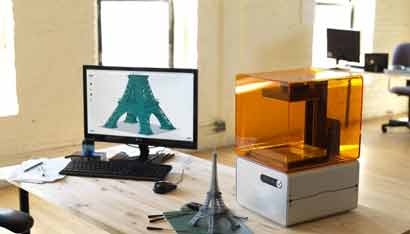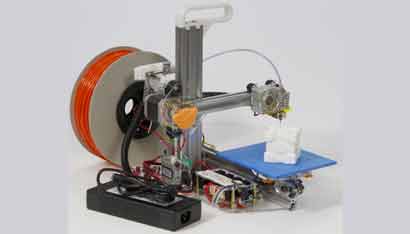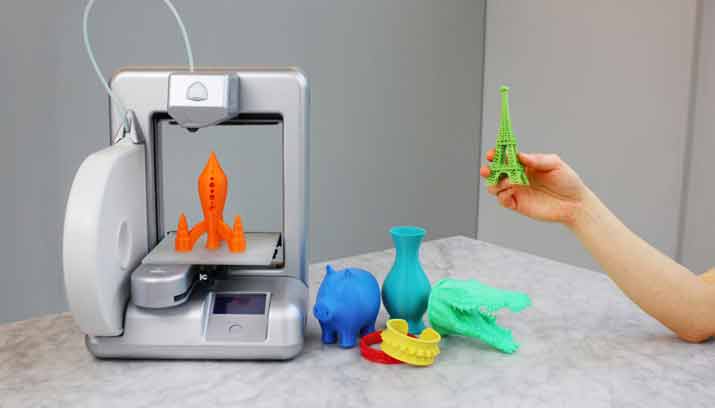If you’re wondering how much power a 3D printer uses, it’s important to know how many components make up the machine. From the Mainboard to the Stepper motors and Heat bed, there’s a lot to consider. Keep reading to learn more about each component’s power usage. Then, you can decide whether it’s important to you to have a lower-power 3D printer.
Extruders

A printer’s power consumption depends on the number of hot-ends it has, as well as the power source it uses. A 30A/12V power source, for example, has a maximum wattage of 360W. While a 3d printer may never reach the maximum, it will use a large amount of power when the filament is heated to the print temperature. The heating element also consumes a significant amount of power until it is shut off. The same principle applies to the heated build plate.
In addition to the power usage per extruder, the number of extruders in a 3D printer also plays a significant role in the energy usage. Typically, the more extruders, the higher the power consumption per extruder. However, a 3D printer that uses more than two extruders can dramatically affect the electricity budget. Listed below are some ways to control the power consumption of a 3D printer.
Mainboard
The mainboard power of a 3D printer can determine how powerful your printer is and how quiet it is. The quality of the board is essential to the overall build quality of your 3D printer, and it can also affect the speed of your print. Read on for a few ways to improve the power of your motherboard. In this article we will take a closer look at the three most important components of a motherboard.
The motherboard is the central part of your 3D printer, and all electrical components are connected to it. This motherboard contains the microcontroller, which enacts the code from the software on your printer and tells the stepper drivers how far to move the motors. Additionally, the motherboard provides physical connectors for various parts of your 3D printer. You will need to choose a motherboard that supports the number of extruders you plan to use, check out the post right here.
Stepper motors
You’ve probably heard of stepper motors in a 3D printer. But how do you determine which is the right motor for your printer? There are three main types: standard motors, pancake motors, and high-torque steppers. You’ll want to select the right one based on your application. Here are the differences between stepper motors and their characteristics. Also, make sure to check the wiring.
Ensure the stepper motors are matched for speed and current. Stepper motor drivers need to handle high currents and need to dissipate a lot of heat. These drivers often have an aluminum heatsink attached to the main chip. Excess heat can cause the driver to malfunction and produce an unintended number of steps. To avoid malfunction, install cooling fans in the motors.
Heat bed

The heated bed of a 3D printer consumes the greatest portion of the machine’s power, so it’s important to choose the right model. Many plastics will print better when the bed is heated, and the Duet supports up to 18A on the bed heater channel. Duets can be upgraded to support 160W by installing an external SSR. Typical Mk2-style PCB bed heaters use around 120W at low temperatures, but the actual power depends on the thickness of the copper on the bed heaters. As the temperature rises, the power of the heater will diminish.
Conclusion:
To improve the quality of your prints, choose a heated build platform. Extruded plastic shrinks unevenly as it cools, causing it to form lifted corners and warped edges. A heated build bed helps to ensure an even shrinking of the plastic. This leads to higher quality builds and allows you to print without the use of rafts. To find out which material is right for you, read on!
